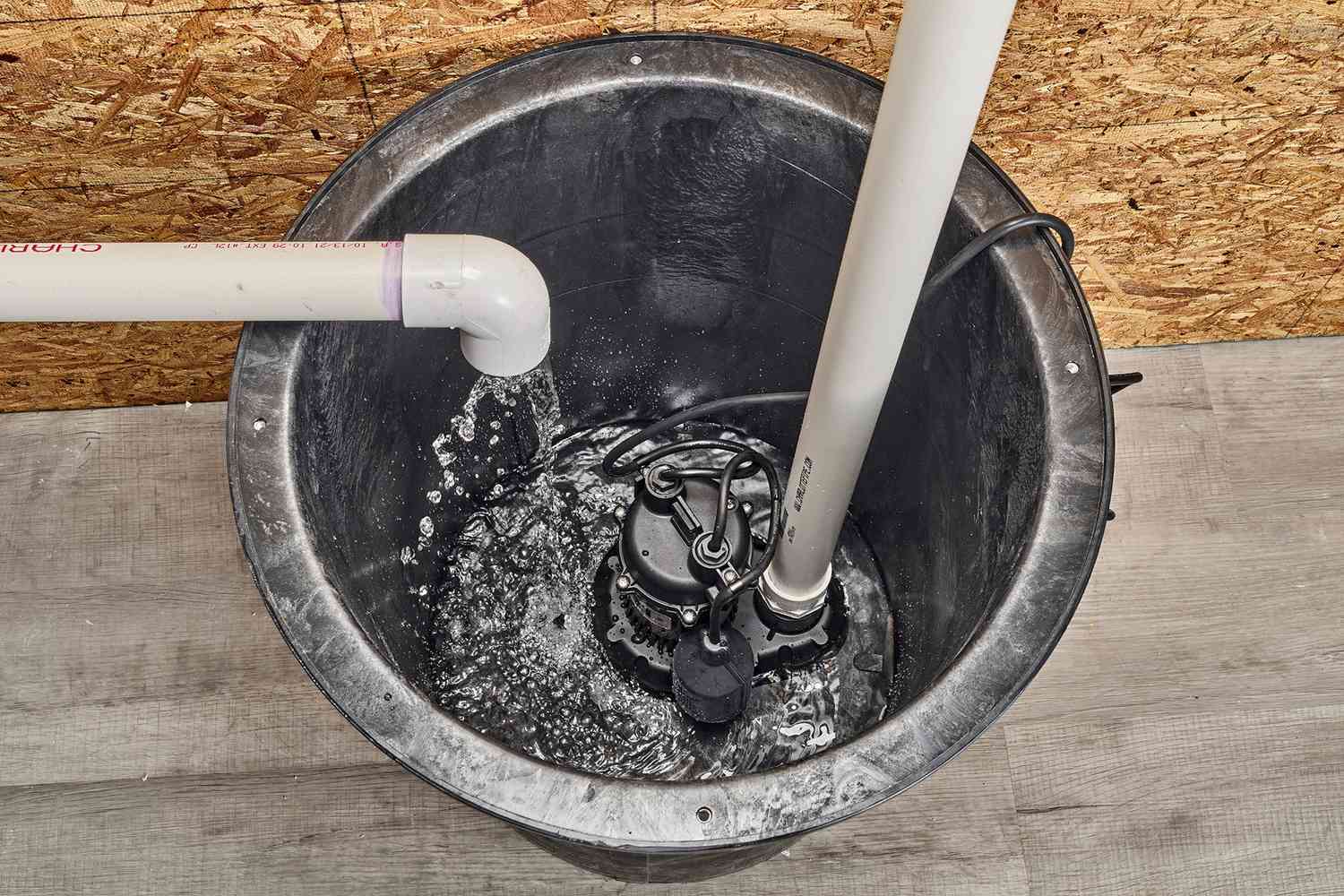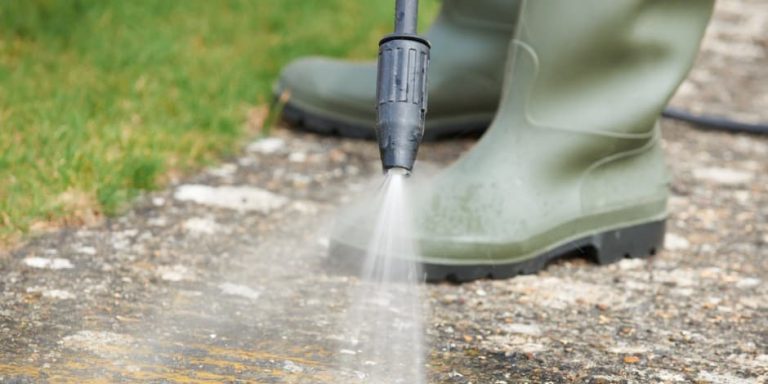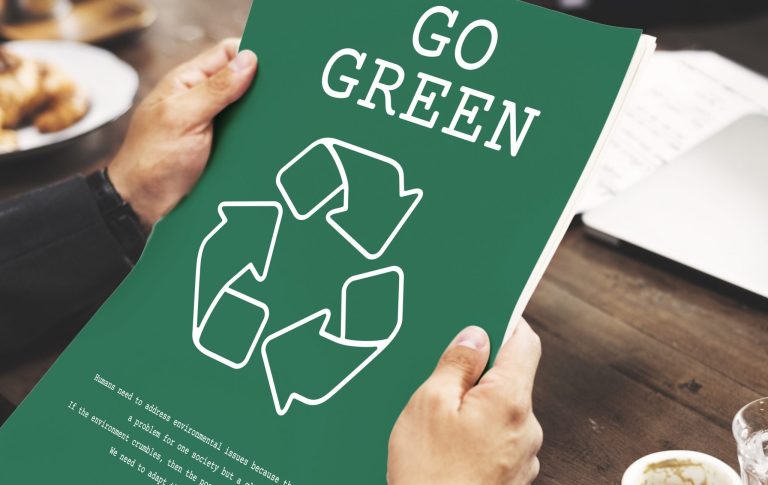
Power washing is an effective and lucrative business, but it also comes with a serious environmental responsibility: managing wastewater. Every time you clean a driveway, parking lot, building exterior, or machinery, the water you use carries away more than just dirt—it also picks up oil, chemicals, detergents, paint flakes, and debris. If that contaminated water flows into storm drains or natural areas, it can harm ecosystems, violate local laws, and damage your reputation.
That’s why implementing sustainable wastewater collection systems isn’t just good for the planet—it’s smart business. 🌍
⚠️ Why Wastewater Collection Is Critical
When power washing is done without a wastewater recovery system, the runoff typically flows:
- Into storm drains, which connect directly to local lakes, rivers, or oceans without filtration
- Onto soil, disrupting the local microbial balance
- Across paved surfaces, carrying pollutants over large distances
- Into gutters or sidewalks, where it dries and leaves behind concentrated residue
This runoff can contain:
- Oil and grease from driveways and loading docks
- Detergents, some of which may not be biodegradable
- Paint chips and heavy metals
- Mold, algae, or bacteria
- Fertilizer residue, gum, trash, or pesticides
Even if you’re using eco-friendly soaps, the sheer volume of contaminated water can still cause significant harm if not contained.
🏛️ Legal Requirements and Regulations
Environmental regulations vary by location, but many cities, counties, and states now require power washing businesses to:
- Contain and collect all wastewater
- Obtain permits for water discharge
- Use EPA-compliant cleaning agents
- Maintain documentation showing compliance
- Prove that water is being disposed of at an approved site
Failure to meet these requirements can result in fines, cease-and-desist orders, and even lawsuits. Protecting your business starts with protecting your environment. ✅
🧰 The Best Wastewater Collection Tools and Systems
Let’s explore some of the most effective (and affordable) wastewater management options that power washing businesses use today:
1. Vacuum Recovery Systems 🧽
These use a vacuum-powered wand or mat to suck up water as it’s used. The water is pumped into a holding tank for later treatment or disposal.
Best for: Flat concrete, garages, large commercial spaces
Pros: Efficient, fast, easy to scale
Cons: Equipment can be costly for small operations
2. Containment Mats 🧼
Made from heavy-duty vinyl with raised edges, these portable mats create a contained wash area. Water stays inside until it’s pumped or vacuumed out.
Best for: Washing vehicles or machinery
Pros: Lightweight and easy to deploy
Cons: Limited surface area; not ideal for sloped jobs
3. Berms, Dams, and Water Booms 🚧
These are flexible barriers placed around the cleaning zone to redirect water into a central collection area. They’re affordable and useful on uneven terrain.
Best for: Residential sidewalks, storefronts, uneven pavement
Pros: Inexpensive, reusable, customizable
Cons: Must be monitored to avoid overflow
4. Sump Pumps + Holding Tanks 🛢️
Water is diverted into a sump area or container using gravity or suction. A pump then moves it into a transport tank or filtration system.
Best for: Permanent wash pads or semi-mobile rigs
Pros: Effective for heavy-duty use
Cons: Setup and maintenance required
💧 Filtration and Water Reuse
After collecting wastewater, you have two options: dispose or reuse.
To dispose responsibly, water must go to:
- A local treatment facility
- A wastewater disposal site
- A reclaim partner (if available in your area)
To reuse water, you can set up a filtration and treatment system that includes:
- Oil-water separators
- Sediment filters
- Activated carbon for chemical removal
- UV sanitation or ozone treatment
Reclaimed water can be used for:
- Pre-rinsing dirty surfaces
- Washing non-sensitive equipment
- Dust control in construction sites
- Reducing overall freshwater consumption ♻️
🧑🔧 Tips for Sustainable Implementation
Whether you’re a one-person operation or a large crew, here are key ways to integrate wastewater best practices into your business:
✅ Train your crew on proper water control and runoff procedures
✅ Create a checklist for each job: plan, contain, collect, dispose
✅ Always check local ordinances before starting a project
✅ Use absorbent pads for oil-heavy areas before washing
✅ Offer “eco-responsible” packages to attract environmentally conscious clients 🌱
✅ Take before/after photos to show your eco-friendly methods on your website or socials
🏢 Examples of Sustainable Business Use
Many successful companies use wastewater recovery as a selling point:
- A mobile fleet washing business in Texas uses containment mats and carbon filtration, advertising their EPA-compliant services to municipalities and logistics companies.
- A pressure washing crew in California markets their zero-discharge guarantee, winning contracts with schools and hospitals.
- A small operation in Oregon offers graywater reuse discounts, giving clients the option to reuse filtered rinse water for landscaping.
In each case, eco-friendly practices aren’t just better for the environment—they help win business and build trust.
🌎 Final Thoughts
Pressure washing can’t exist without water—but that doesn’t mean we can afford to waste it or let it carry pollution into our shared environment. By investing in sustainable wastewater collection systems, your business will stay compliant, protect natural ecosystems, and appeal to a growing base of eco-conscious clients.
In the long run, sustainability isn’t just a trend—it’s the future of pressure washing. 💧♻️✅
Browse Amazon Here For Top Rated Power Washers And Accessories






